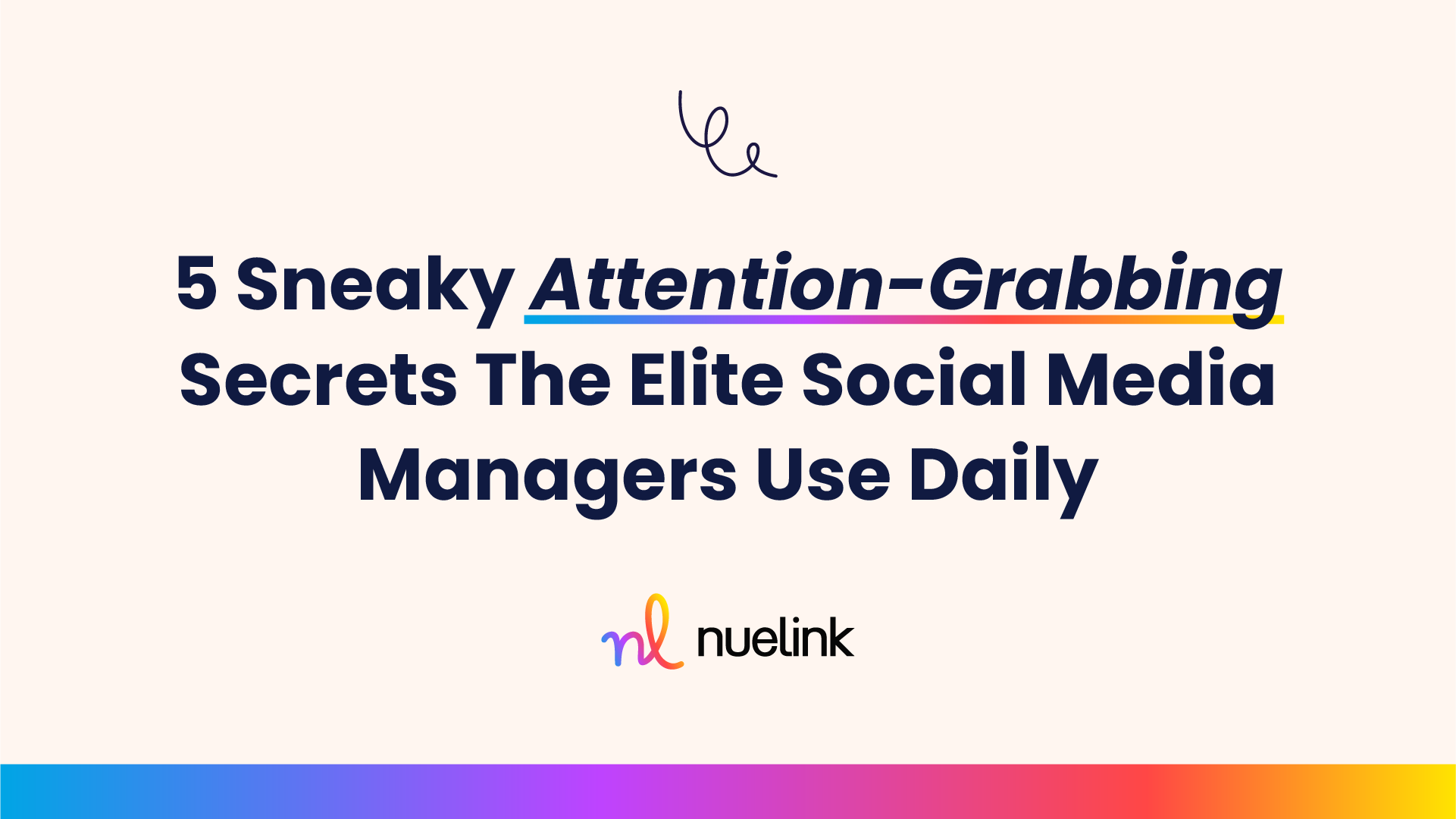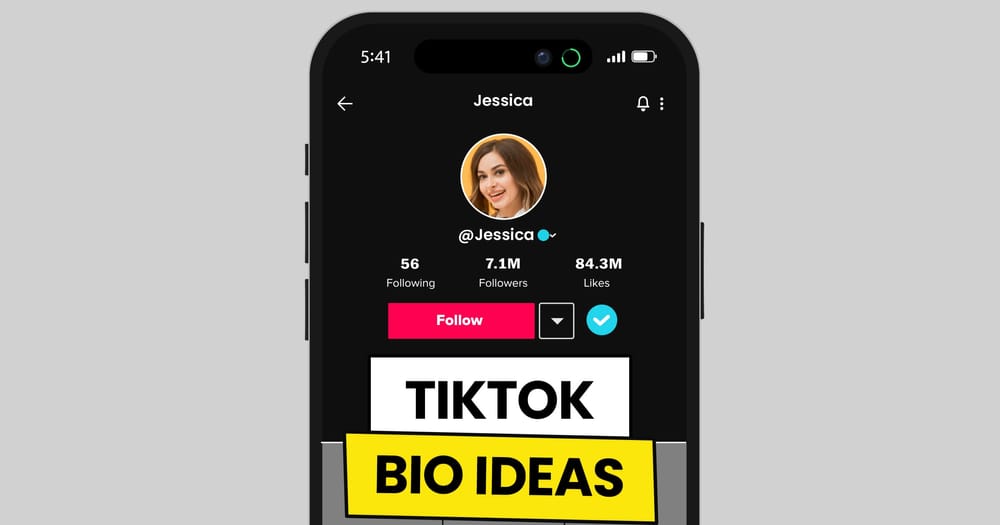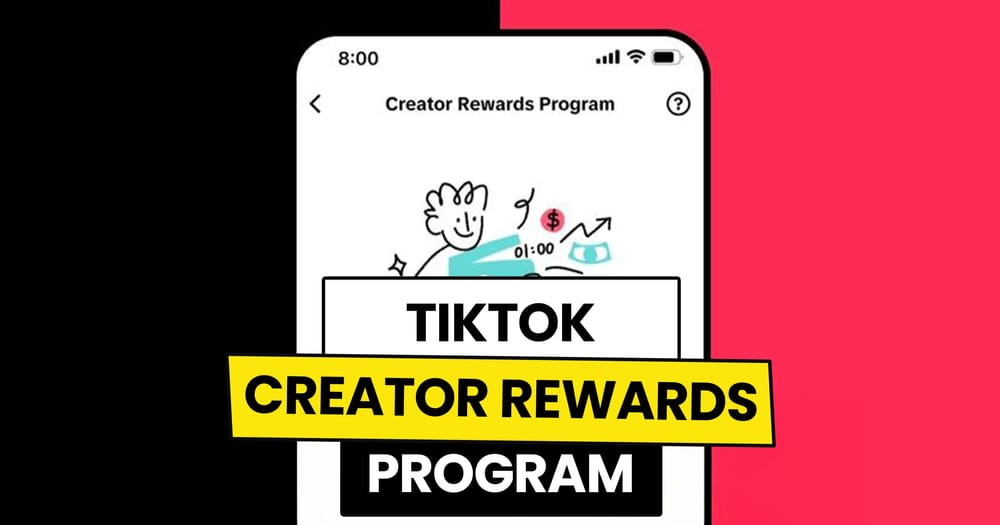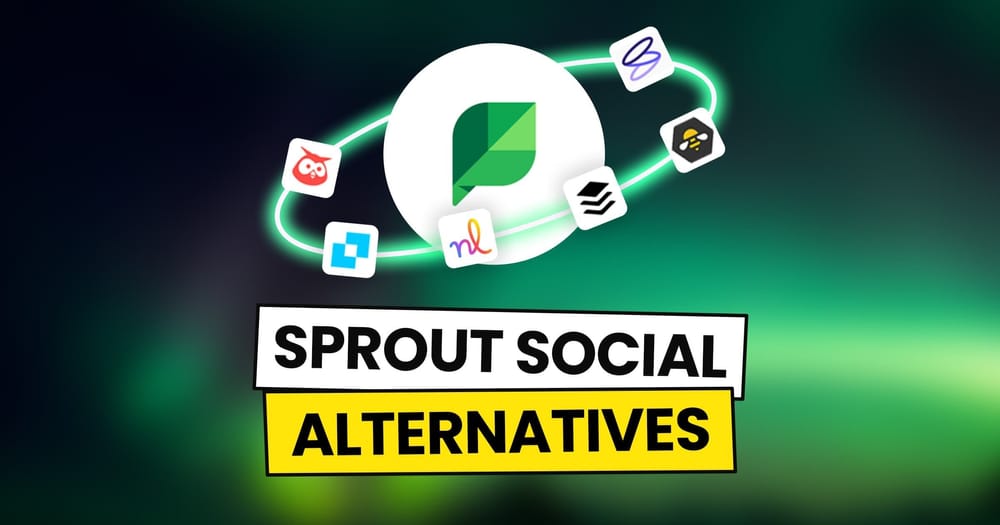“We’re living at a time when attention is the new currency. Those who insert themselves into as many channels as possible look set to capture the most value”
-Pete Cashmore-
The rise of technology has created a new equation in the economy and the business world.
The equation is as follows: The more attention your business is getting, the higher income your business is making.
In other words: The money-makers are the attention grabbers.
This is why businesses are focusing more than ever on digital marketing, mainly social media marketing.
Because social media proved itself as the best attention machine for businesses in the last 13 years.
The problem? Every business knows the importance of attention, by extension, every business is trying to grab customers’ attention.
Here, ladies and gentlemen, is where the role of elite social media managers comes into play.
Today we will delve into the art of the attention game and provide you with valuable insights on how to play it wisely.
5 Tactics to Grab Your Target Audience’s Attention on Social Media
Hear me out, people are now more distracted than ever before, spending long hours continuously scrolling on social media.
This excessive screen time has significantly reduced the world's attention span by a concerning percentage.
Research indicates that in 2000, the average attention span was 12 seconds, but now it is just 8.25 seconds 12. This means that our attention spans are now shorter than those of goldfish, who can focus on a task or object for 9 seconds.
Putting statistics aside, take a moment to observe the people around you. How long do they spend focused on an "entertaining" video on TikTok or Instagram before quickly scrolling past it? Perhaps a mere 2 seconds?
Capturing people's attention and making them pause to engage with your post, reel, video, or ad is an incredibly challenging task.
Out of the five tactics I'm about to share with you, a significant portion of them are centered around Pattern Interrupt.
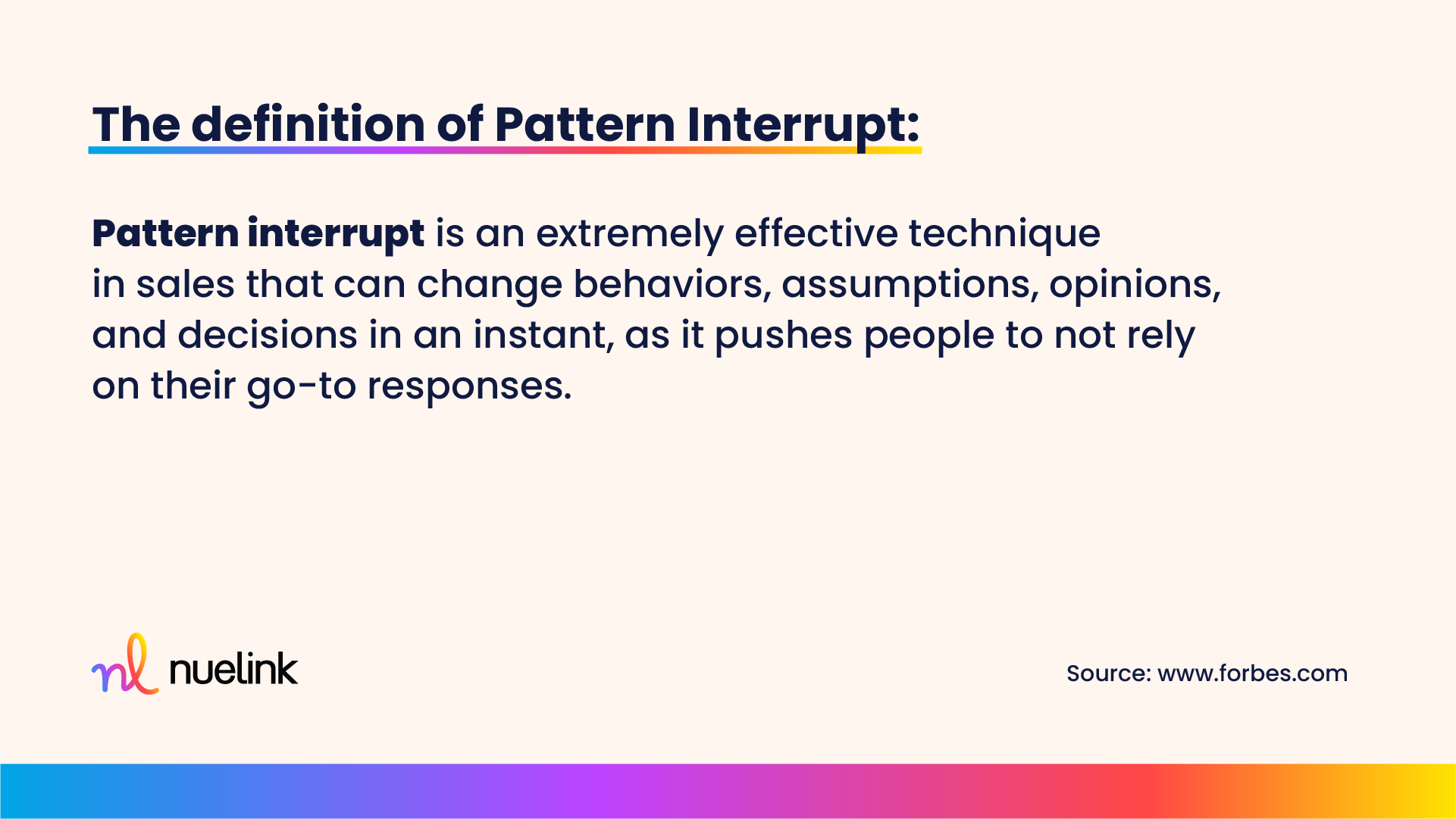
Ask Questions (Often)
Alright, let's conduct an experiment here. Take a look at the following two sentences and let me know which one grabs your attention more:
"The best way to make money online in 2023."
OR
"Are you missing out on the best way to make money online in 2023?"
Notice the difference? As human beings, we possess an innate curiosity to seek knowledge.
When a sentence is rephrased as a question, it triggers our minds and compels us to pause and discover the answer to that specific question. Sometimes, we even find ourselves pursuing the answer even if we initially had no real interest in it.
As a social media manager, whether you're writing the content on your own or collaborating with a team of content writers, it is crucial to incorporate questions right at the beginning of the interaction between the content and the recipient.
Here's a ninja tip for you: Utilize questions such as "Right?" "Isn't it?" "Didn't you?" It is called 'Rhetorical Questions'.
These types of questions create a sense of uncertainty in the recipient's mind, fueling their eagerness to find the answer.
Interesting this 'rhetorical questions' thing, isn't it?
Flashy Visual Elements
According to Facebook, users spend a mere 1.7 seconds on mobile content before scrolling down, and approximately 2.5 seconds on desktop. This study offers a valuable insight: you have only 2 seconds to make an impact.
Within this brief timeframe, you must captivate and engage your audience.
In those fleeting moments, you have the opportunity to convert potential customers, attract new followers, and achieve success on social media.
Considering this, it becomes evident that the visual elements of your videos or posts hold the key to success. They outweigh the significance of the content, the offer, and even the merits of your business itself. After all, no matter how exceptional your product may be, if it fails to grab attention, it will go unnoticed and unpurchased.
If your social media marketing strategy lacks eye-catching visual elements, you essentially lack a strategy altogether. Without visually compelling designs, your content will struggle to halt the scrolling habits of users.
However, it is important to note that there is a significant distinction between creating flashy visual elements and simply combining multiple colors in a single design.
Here is an example:
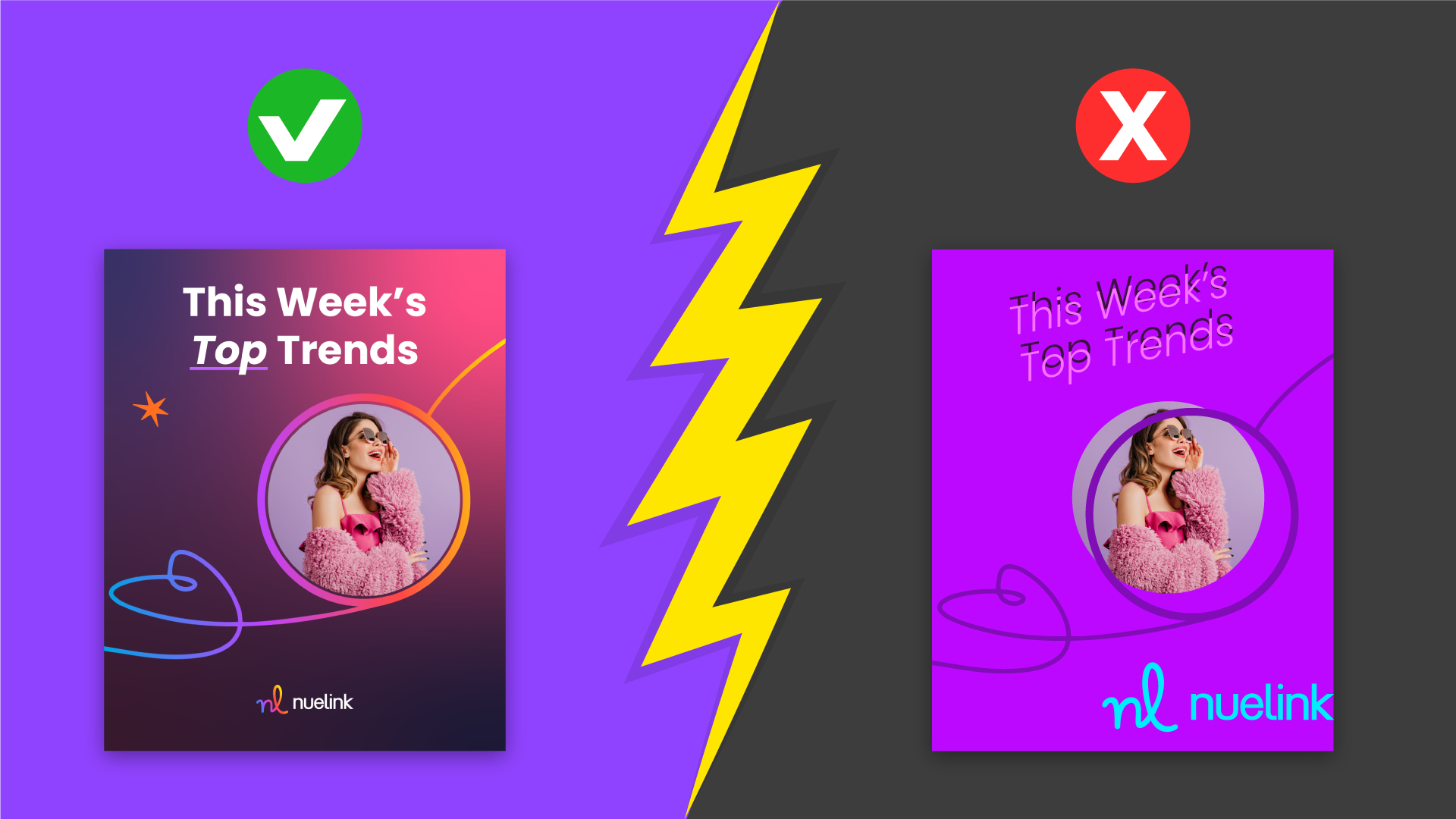
Personalization
"Focus on all. Master none."
Are you familiar with this quote? If not, it's time to take note, as it may hold the key to thriving in your social media marketing efforts.
Many businesses, marketers, and social media managers make a common and significant mistake: they attempt to target and win over all types of customers simultaneously.
Let's consider an example: Imagine you are a 34-year-old fitness coach. Which headline would capture your attention more effectively?
Option A: "The best 10 tactics to make your makeup last longer"
or
Option B: "Have you heard about the latest study on muscle growth?"
The answer is clear.
By focusing on a specific target audience, you can tailor your content to address their unique interests and needs. Take the time to identify everything related to your chosen audience, conduct thorough research to understand their concerns, and craft your content accordingly.
Challenging claims and shocking facts
Imagine this: You're sitting there, feeling bored, casually scrolling through your Facebook feed. The posts you come across are pretty ordinary, nothing really catches your interest... until you spot a flashy post right in the middle, with a headline that grabs your attention:
"You're Wrong! Everything You Know About Money is Completely Off"
How would that make you feel?
Chances are, you'd suddenly feel intrigued and curious. It would break the monotony and make you pause to wonder what you might have been missing, what secrets lie behind that captivating headline.
This is the power of using shocking facts to grab attention on social media. When you present information that challenges common knowledge or goes against what most people believe, it creates a sudden surge of surprise that compels users to stop, engage, and explore the content further.
Let's explore a few examples of headlines that apply the same principle:
- "Did You Know? The Average Person Spends More Time on Social Media Than Sleeping!"
- "Forget What You've Been Told: Saving Money Could Actually Make You Poorer!"
- "Mind-Blowing Fact: Honey Never Spoils! Archaeologists Found Edible Honey in Ancient Egyptian Tombs!"
- "Are You Sabotaging Your Health? The Shocking Truth Behind So-Called 'Healthy' Foods!"
Use Humour (But be careful)
Using humor effectively in social media can be a powerful way to capture people's attention and engage your audience.
The key is to create content that is relatable, light-hearted, and funny.
People are using social media to entertain themselves. Nobody cares about reading a post or watching a video that uses an academic, boring tone.
Start by understanding your target audience and their sense of humor, tailoring your jokes or comedic elements to align with their preferences.
Warning: This tactic is a two edge sword. It can be exceptionally helpful but at the same time, it can destroy your brand.
Incorporate clever wordplay, puns, or memes that resonate with current trends or popular culture. Visual content such as funny images or short videos can also amplify the comedic impact.
Remember to strike a balance, ensuring your humor remains inclusive, avoids controversial topics, and doesn't offend anyone. By infusing humor into your social media strategy, you can attract attention, foster a positive connection, and create a memorable experience for your audience.

